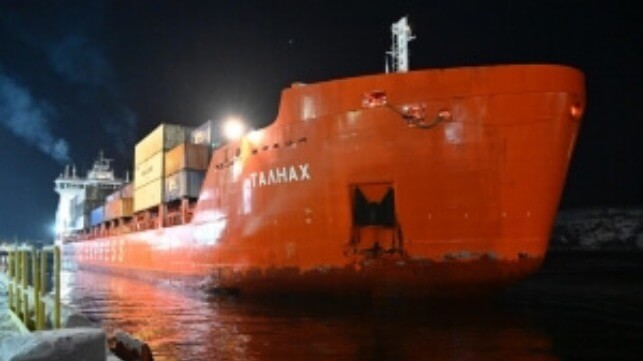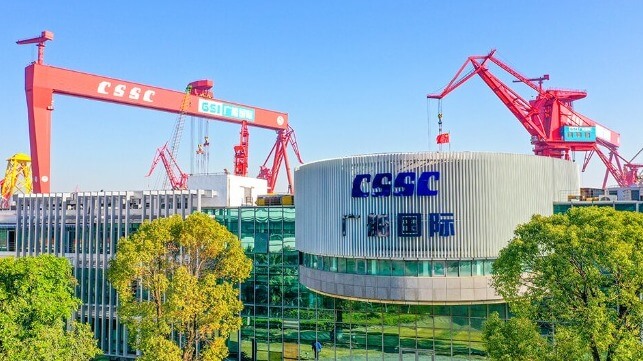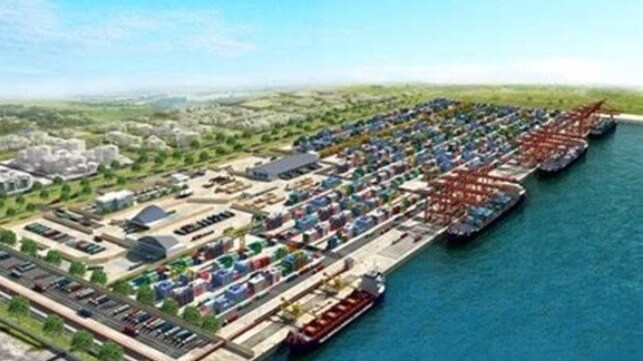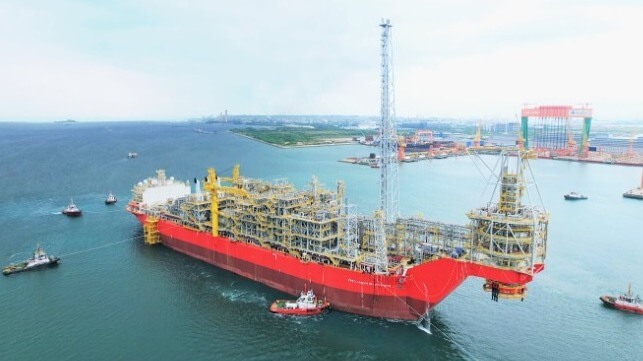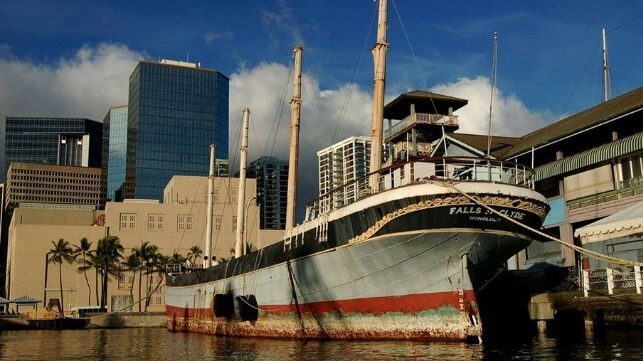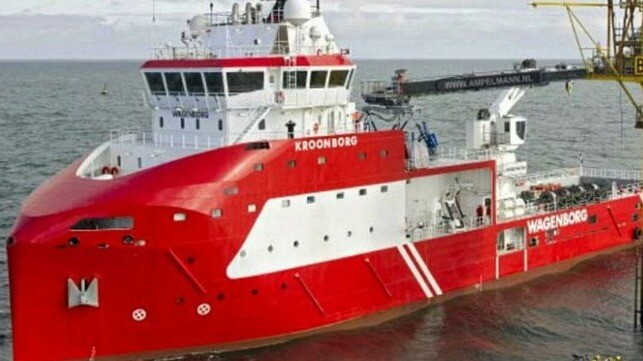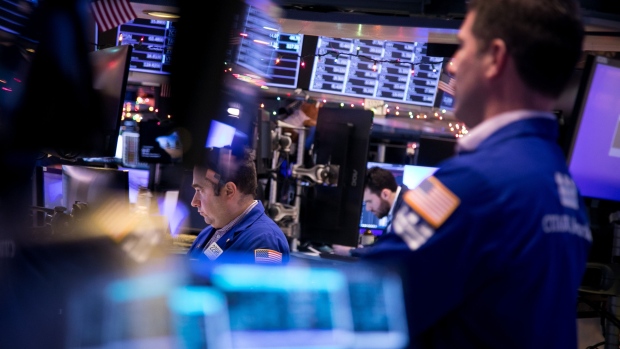Even before her job offer was finalized in 1973, Senka Dukovich realized her career as a flight attendant had an expiry date.
“I had to sign a contract as a new hire that I would quit after 10 years, or that I would quit at 32 years old, whichever came first. Can you believe that?” the Toronto resident recalled.
Her initial interview with Air Canada contained another demeaning surprise.
“I was told to wear a skirt and I was told to turn around. That was my first experience with what you might call sexism.”
Before the 1970s, female cabin crew, then known as stewardesses, faced discriminatory hiring and work policies marked by strict weight limits, age ceilings, appearance guidelines and marriage bans. But, amid a swelling tide of second-wave feminism — from Chatelaine to the Royal Commission on the Status of Women — a new generation of flight attendants fought to overturn sexist expectations and bring fair labour standards to the skies.
Susan Barnes was in her early 20s when she signed on with Canadian Pacific Air Lines in 1968. Mandatory retirement was at age 30. Marriage was a fireable offence.
Regular weigh-ins — when cabin crew stepped on a scale before departure — were also required.
“I had a weight restriction of 112 to 116 pounds. So if I weighed less than that or more than that, I got taken off the line with no pay,” Barnes recalled.
“I never saw the boys step on the scale.”
Management regulated appearance down to the last eyelash. Each worker was told during a two-month training program which mascara and eyeliner to wear, available only from the company store.
“When I got hired, I had red hair and freckles. They told me on my trips to Hawaii if I ever got sunburnt they would fire me,” she said, noting the routine uniform and grooming inspections.
In 1970, Canadian Pacific conceded to end the marriage ban following demands from a small group of flight attendants, including Barnes. A wave of “new” nuptials followed immediately.
“Of course, some people had been married for a year. They were just not going to quit,” Barnes recalled. “I was married long before I was allowed to be.”
At the time, pregnancy was also a no-no, until Barnes’s committee demanded accommodation, she said. After the change, stewardesses still went unpaid until they returned from leave.
“You had six weeks — six weeks — after your child was born to have that weigh-in,” she added.
The same year, Barnes formed a group with several other activists who demanded to know why women weren’t allowed to be “pursers” — male crew members who supervised operations in the cabin. Often, there weren’t enough men to fill the roles, so the senior “stewardess” would step in — at lesser pay.
Reform was not immediate. At Air Canada, the policy was in place until at least 1973, she said. At Wardair, the weigh-ins were also a fixture through the mid-1970s, albeit with broader ranges.
Ironically, the changes spearheaded by flight attendants arrived just as the image associated with the job became more sexualized.
Ad campaigns featured young women who mouthed taglines such as “Fly me” — National Airlines — “We move our tails for you” — Continental — and, in print, “Have you ever done it the French way” — Air France.
The portrayal bucked the more competence-driven view of the role apparent in films such as the 1956 thriller “Julie” starring Doris Day, who played a resourceful stewardess who takes the controls and saves the day.
“There was this new, hyper-sexualized stereotype of flight attendants at the exact moment that flight attendants are really finally pushing hard against the airlines to get fair work rules,” said Kathleen Barry, author of “Femininity in Flight: A History of Flight Attendants.”
Before airline deregulation in 1978 in the U.S. and in the 1980s in Canada, carriers had little to distinguish themselves beyond their service, as routes and prices were federally controlled.
“Part of why you see airlines so interested in what their flight attendants look like — and how they can use them as marketing tools — is because they're limited in the other ways they can compete," Barry said.
The battle didn’t end with the 1970s, however.
For years, some airlines failed to provide uniforms for pregnant employees, including pilots. Air Canada offered no maternity clothing for Judy Cameron, the airline’s first woman aviator, before she gave birth in 1984.
“My last child was born in 1990, and I never had a maternity uniform,” she said, with a wry chuckle.
Nor was success unfaltering.
In 1987, Dukovich, who had graduated from Osgoode Hall law school while working as a flight attendant a decade earlier, filed a complaint alleging widespread sex discrimination that detailed “harassing and threatening” practices of dress and appearance regulation.
Dukovich told the Globe and Mail at the time that Wardair, which she'd joined after leaving Air Canada, wanted women to be “squeaky clean sex objects” and pressured older flight attendants to retire, instructed others to lose weight and ensured they all wore a prescribed brassiere.
The comments resulted in a two-week suspension, and the human rights complaint did not proceed.
Initially, even the wins often came on a technicality rather than a recognition of sexist standards.
In 1971, Pacific Western Airlines rolled out a Calgary Stampede policy where all flight attendants on the Vancouver-Calgary route would wear cowboy boots, a western hat, a “short fringed skirt which just covered the buttocks and red bloomers which peeked below,” according to a 1986 publication by the Canadian Air Line Flight Attendants’ Association.
Union members Ursula Warnat and Sharon Gray complained that the uniform drew unwanted sexual attention from men on board, citing a groping incident involving Gray. They refused to wear the red panties. In response, management fired them. But within weeks, the carrier discontinued the uniform and changed the lay-offs to six-week suspensions without pay, which the employees challenged successfully in arbitration.
However, a decision by the tribunal simply stated that the outfit was not the “standard” uniform and found that it was “unnecessary to come to any conclusion” on whether “sexist and demeaning” garb was unreasonable, according to a 2016 journal article by Joan Sangster and Julia Smith.
“Even when they win some of these cases, it's often not challenging the actual sexism and gender inequality,” said Smith, assistant professor of labour studies at the University of Manitoba.
“There was kind of an accepted view that it was men’s prerogative on the plane — in particular men travelling alone — to ogle and to leer and to look at the stewardesses’ legs,” said Sangster, professor emeritus at Trent University specializing in labour history.
Since then, flight attendants have made big gains in workplace equality, she added, though harassment remains an issue.
Harassment-specific complaints that cite sex rose 58 per cent between 2004 and 2018, according to the Canadian Human Rights Commission, far more than in other federally regulated industries.
“I think there’s much more recognition of the difficulties of flying,” said Dukovich. “It’s not seen as just a server in the sky.
“Still, these are societal issues,” she said. “So it’s a work in progress.”
She also took pains to stress the upsides of the work, even 50 years ago. “The camaraderie is wonderful. You’re a team.”
Barnes speculated that the glamour surrounding the industry may initially have undercut the push for change. “We felt like we were special,” said the B.C. resident, who left aviation in the late 1970s and went on to become a marketing executive.
“I can’t say I’m a trailblazer, but I did what was right for us.”
This report by The Canadian Press was first published Dec. 27, 2023.
